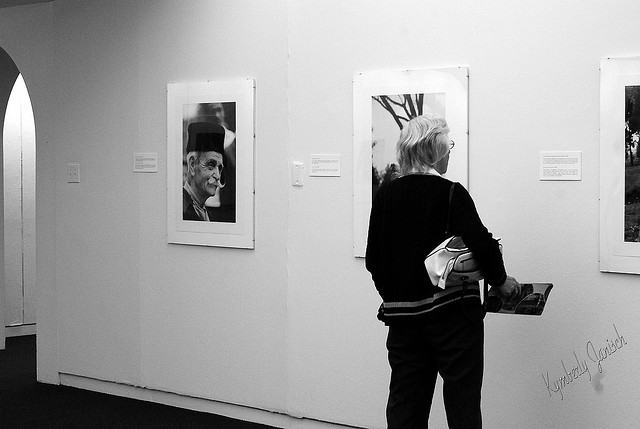Let's Compare The 1986 And 2012 Chicago Cultural Plans
By Chuck Sudo in Arts & Entertainment on Oct 16, 2012 7:00PM
The 2012 Chicago Cultural Plan was released yesterday after eight months of town hall and neighborhood meetings and discussion. That pace is decidedly quicker than the 18 month it took Mayor Harold Washington’s administration to put together the city’s first Cultural Plan in 1986.
We’ve found a copy of the 1986 plan online (it's embedded at the end of the post) and decided to compare it with the Emanuel administration’s update. We found many similarities between the two, yet the 1986 Plan was also clear, concise and blessedly lacking of the muddy marketing buzzwords that permeate the 2012 version.
Example: Here’s what Harold Washington wrote in the introduction to the 1986 Chicago Cultural Plan.
Chicago is alive with culture. Every corner of the city is literally bursting with cultural and artistic activity -with neighborhood dance troupes and community theater, jazz and blues musicians and symphony orchestras, sculptors, painters and writers -all contributing to the great excitement and ethnic diversity that makes Chicago so remarkable.But culture is a precious resource that requires careful attention. It is an integral part of Chicago's spirit and an underpinning of Chicago's economic well-being.
Straight to the point, like Harold himself.
Now here’s a passage of the forward from Emanuel and Cultural Affairs and Special Events Commissioner Michelle Boone.
Vision is defined as the act or power that which will or may come to be. From Jean Baptiste Point du Sable’s trading post at the mouth of the Chicago River to the monumental feat of reversing that same river’s flow; from the ashes of the Great Chicago Fire rose the birthplace of modern architecture; and from the imaginative business leaders that presented the World’s Columbian Exposition of 1893 at the turn of the 20th century to a new generation of civic leaders that transformed a rail yard into Millennium Park at the start of the 21st Century, Chicago is a city that has never lacked for visionary thinkers with big ideas.
City of Wind, indeed.
The two plans share many of the same primary objectives: leveraging Chicago’s culture to boost tourism; prioritizing arts education from an early age to well into adulthood; identifying and developing homegrown artists and working to keep them in Chicago; using the arts as a means of community development; and ensuring both the public and private sectors have a stake in nurturing the city’s cultural growth.
Yet the 1986 plan laid out clear objectives and, more important, a simple roadmap to achieve those goals. The 2012 plan is full objectives, as well, but the map is filled with what seem more like road blocks than a clear strategy.
The 2012 plan consistently reminds the reader that this was a plan you helped develop. The 1986 plan also references scores of meetings and discussions with arts groups, neighborhood residents and cultural power brokers at the time, but we wonder if the longer time frame the Washington administration took to draft the plan was one of its strengths? The town hall meetings and neighborhood discussions I attended seemed modeled to steer attendees toward the buzzword-heavy feel of the 2012 plan and—I’m only assuming here—a few of the objectives the Emanuel administration and DCASE had in mind when they began their series of meetings.
